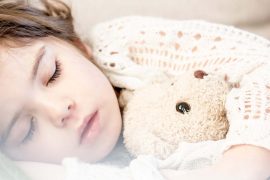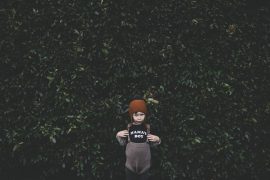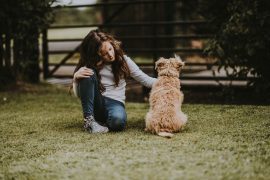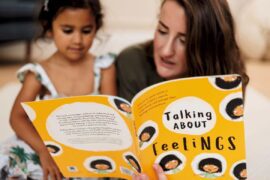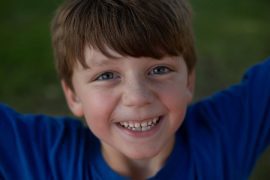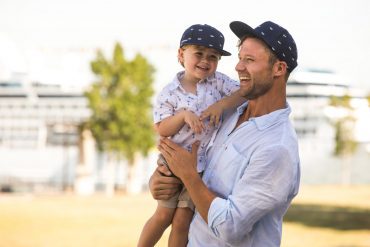The tears of futility.
He put a particularly strong focus on the essential role that crying their “tears of futility” play in the child’s development of emotional adaptation. Emotional adaptation slowly develops with age as the prefrontal cortex grows and the right and left hemispheres start to work together. Yet this development can be greatly supported or hindered depending on whether the parent can allow a child to express their whole range of feelings, can help the child learn to name those feelings, and support them to cry when they face the life’s disappointments and limitations, whether it’s not being allowed the chocolate or losing someone they love. As a child’s prefrontal cortex grows and they get better at emotional adaptation, they can start to better manage conflicting emotions and urges between five and seven years (or a bit later for the more intense child). Being able to hold that they want to hit or hurt as an outlet to their frustration, but also holding that this would hurt the other person affords impulse control, holding that they’re shy or nervous yet desiring to venture forth leads to courage, desiring immediate gratification yet trusting that their parent is caring for them in expressing “no” leads to increased patience.
“Play is the first and primary solution to the problem of emotion”.
I was really pleased to hear Gordon Neufeld talk with great enthusiasm about the role of play in a child’s development, particularly the role of free play, imaginative play, play for play’s sake. He describes how play provides the leading edge of development where the psychological maturing processes are primed. Play, he describes, is where conditions are most conducive to true learning, where creativity is most likely to occur, where the child’s “tentative self can safely emerge” and where the brain’s problem solving networks are programmed. This is a subject that’s very close to my heart.
One of the workshops I enjoy running is Therapeutic Play, especially when working with groups of early childhood teachers. I often encourage the teachers to let their imaginations guide them into enacting being a child in an early childhood setting, each teacher has chosen to be a certain child with certain gifts and challenges, then we play a game that touches on intrigue, anticipation, reading cues and trying to figure out who is and isn’t safe. This simple activity offers great insight into the complexity of social interactions for children and the role of play in providing a safe outlet to express emotions as they scream, laugh, run, experience disconnection and connection, trepidation and resolution. I’m on the committee for, and a presenter at, a bi-annual nature education conference for early childhood teachers held completely in the outdoors in Whangarei, The Natural Phenomena. Gordon’s messages around the necessity of children having opportunities to play, including how much digital devices are replacing true play, had many echoes of some of the leaders in the field of returning children to nature and play based learning who have spoken at the conference over the years, people like Richard Louv, author of The Last Child in the Woods.
There were many aspects of my childhood which greatly compromised, rather than promoted, emotional and psychological health. Yet a protective factor for me that helped to keep my mind and spirit strong was definitely my time spent in play with my siblings and particularly free play in nature. I was affectionately bonded with the fields and the trees on our 180 acre farm; I remember the excitement of running back to that pond in the nearby field to witness with awe as the tadpole became a frog, the birth of baby animals. Every season has it’s gifts, picking blackberries along the ditch, bringing daffodils and primroses home to place in little vases, vising old Mrs Doyle, our neighbour, to fetch water from her well or rhubarb from her garden for my mother to bake rhubarb crumble. I so loved my favourite trees in the forest, the smell of the rocks in the cool river, the softness of the moss, playing in the hay barn, so many happy memories related to play in my childhood.
Children, like the plants, grow towards the light.
My many positive memories of play and exploration in nature, many shared with my eight siblings, stand out like lotuses in a childhood that was very muddy and dark in most other ways. These memories are a precious reminder of the very powerful healing and protective instincts that a child is born with.
Genevieve Simperingham is a Psychosynthesis Counsellor, a certified Aware Parenting Instructor, parent educator, a blogger and public speaker. She’s been parenting with attachment principles from the beginning, her son is 21 and daughter 16. She runs the Peaceful Parent Institute in New Zealand and offers live and online events. Check out her website www.peacefulparent.com.

